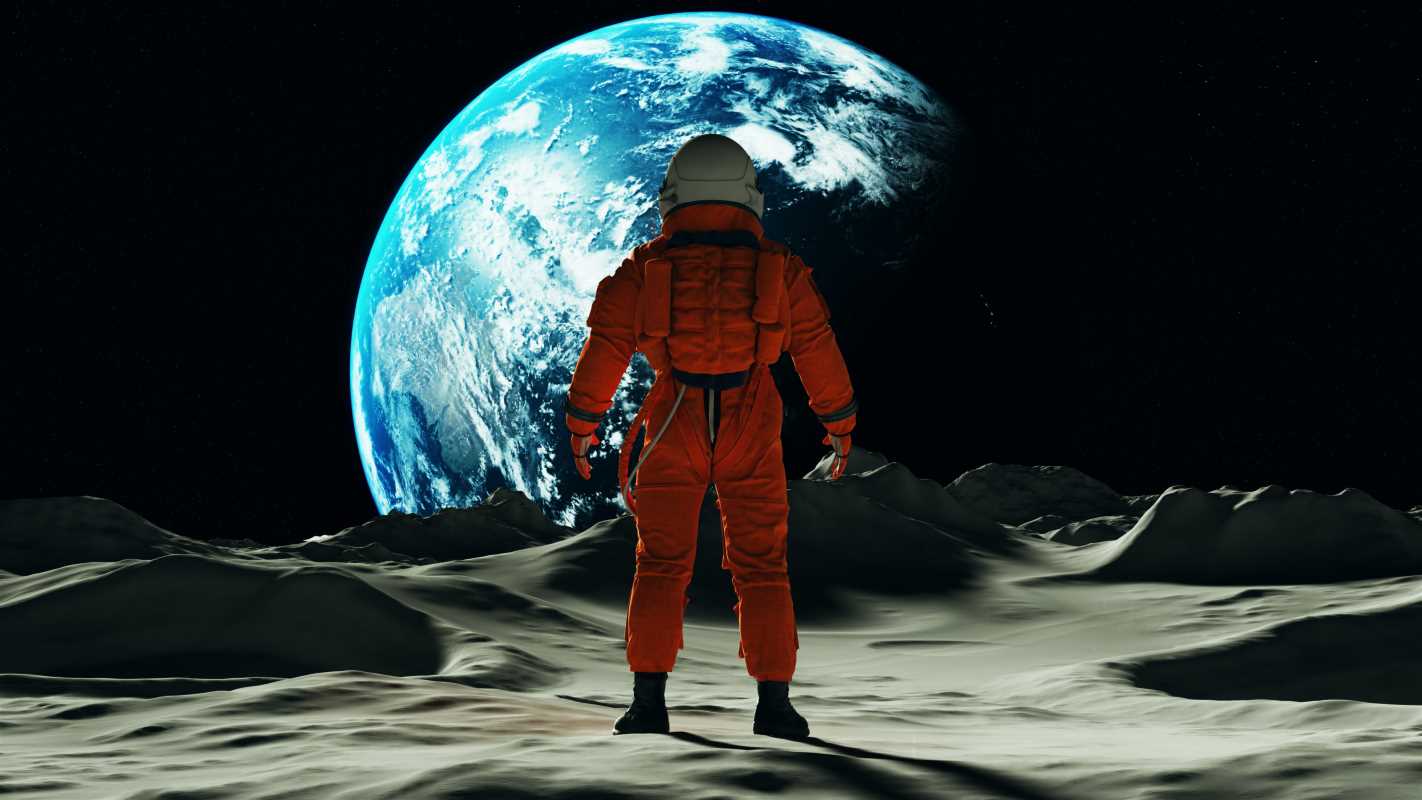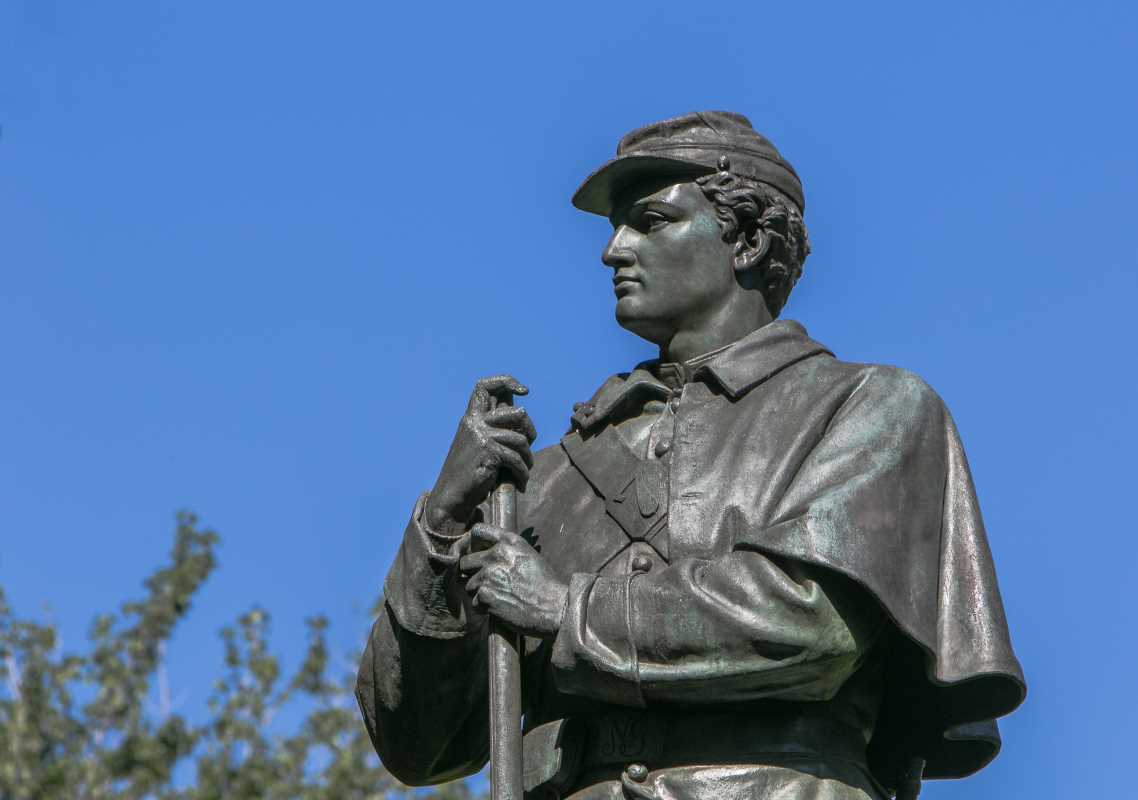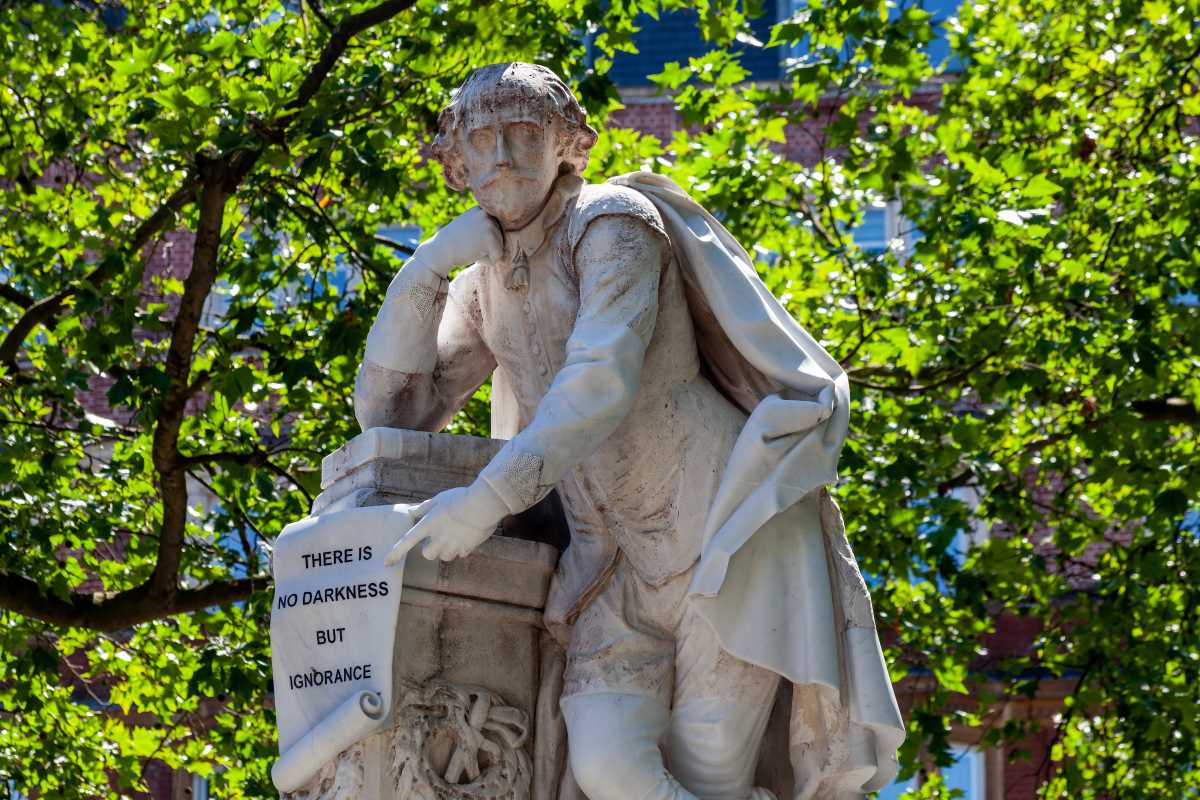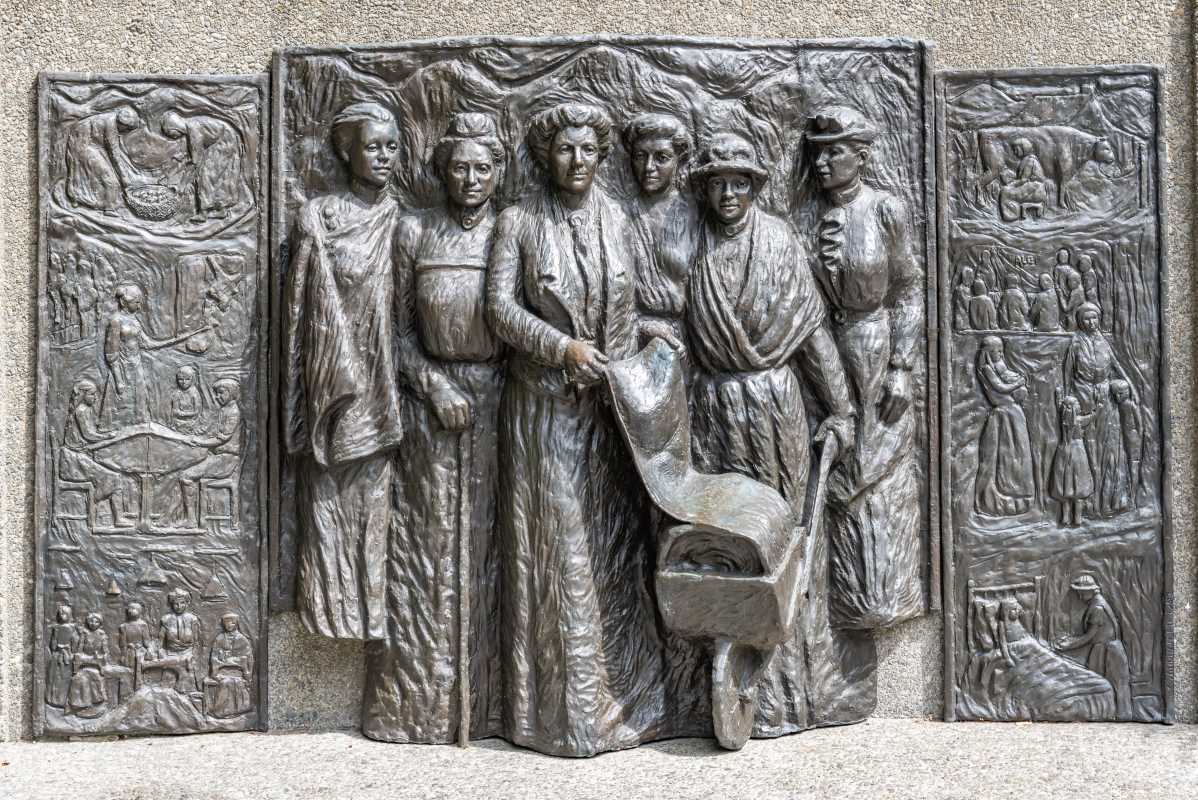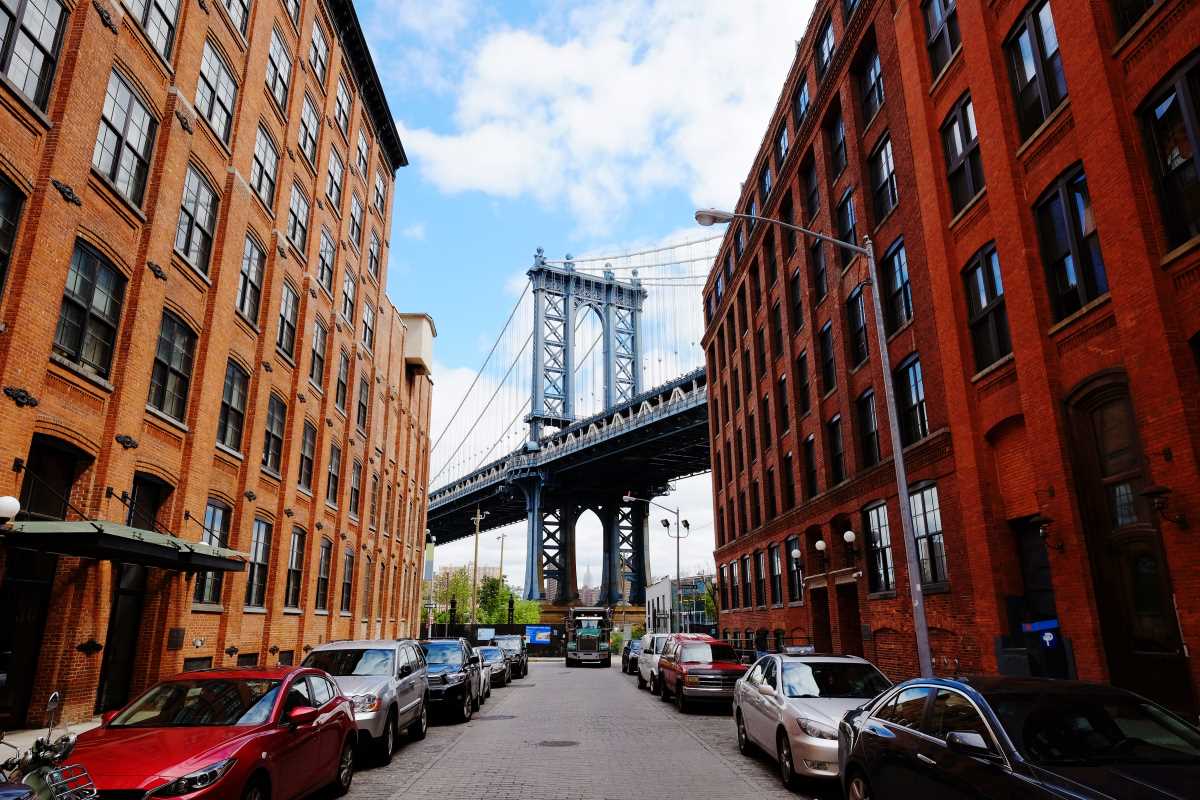Theodore Roosevelt, the 26th president of the United States, is often remembered as one of the earliest champions of environmental conservation. He lived during a time when the industrial boom and expansion into the American West were rapidly depleting natural resources. Roosevelt viewed nature as something to be preserved, not exploited, and often used his position to set aside land for future generations. But how do his environmental policies compare to today’s conservation efforts? While his vision laid the groundwork for many modern initiatives, today’s challenges and strategies reflect the more complex relationship we have with nature in an era of climate change and global environmental crises.
To truly see the connections and differences, we need to first understand Roosevelt’s accomplishments, then explore how they line up with the ways we protect the environment today.
Theodore Roosevelt’s Environmental Policies
Roosevelt’s environmental legacy is vast and diverse. His ideas about conservation were revolutionary for his time, and his actions continue to influence how we think about protecting nature.
The Early Days of Conservation
During Roosevelt’s presidency (1901–1909), the idea of conservation was still fairly new. Natural resources like timber, coal, and freshwater seemed limitless to many Americans. Industries mined mountains, cleared forests, and polluted rivers in the name of progress, with little thought for the long-term consequences. Roosevelt recognized that this approach was unsustainable. He believed that America’s wildlands were a unique treasure and that the government had a responsibility to safeguard them for future generations.
Land Protection Achievements
Roosevelt’s commitment to conservation is clear in the amount of land he preserved. Over his two terms in office, he helped create:
- Five National Parks: Though the idea of national parks was first implemented under President Ulysses S. Grant with the establishment of Yellowstone in 1872, Roosevelt strengthened and expanded the concept.
- 18 National Monuments: Using the Antiquities Act of 1906, Roosevelt designated monuments such as the Grand Canyon (which later became a national park).
- 51 Bird Reserves and Four Game Preserves: These allowed wildlife to thrive in environments untouched by development.
- Over 150 National Forests: Roosevelt placed more than 230 million acres under federal protection, ensuring that logging and other activities would be managed responsibly.
His Philosophy on Conservation
An avid outdoorsman and hunter, Roosevelt had a practical approach to conservation. He believed the land should be used wisely rather than locked away completely. His vision wasn’t just about preserving nature for its beauty but also ensuring resources like timber, water, and soil could sustain America over time. To him, conservation wasn’t opposed to economic development; it was a foundation for it.
Conservation in the Modern Era
Fast forward to today, and the environmental challenges we face are far more complex. While many of the principles Roosevelt championed remain relevant, modern conservation efforts have had to adapt to new threats like climate change, habitat loss, and pollution at a global scale.
Expanding the Definition of Conservation
Whereas Roosevelt was primarily focused on protecting wildlands and ensuring natural resources weren’t exhausted, modern conservationists think more broadly. Today, the focus goes beyond land and wildlife to include global issues such as:
- Climate Change: Rising global temperatures, sea-level rise, and extreme weather events have made it clear that protecting ecosystems alone isn’t enough. Reducing carbon emissions and transitioning to renewable energy are now central to many conservation strategies.
- Biodiversity Loss: The extinction crisis threatens a wide range of species, from tiny insects to mammals and marine life. Conservationists today emphasize the importance of preserving entire ecosystems to support the interconnected web of life.
- Environmental Justice: Modern efforts also acknowledge the need to address how environmental issues disproportionately impact disadvantaged communities. This is an area that wasn’t part of the conversation during Roosevelt’s time.
The Role of Science and Technology
One of the biggest differences between Roosevelt’s policies and today’s efforts is the role of science and technology. Conservation today relies on sophisticated tools like satellite imagery, data modeling, and genetic studies to monitor ecosystems, track endangered species, and develop strategies for sustainability. This data-driven approach wasn’t available a century ago, making modern conservation efforts more precise in some respects.
Global Collaborations
During Roosevelt’s presidency, conservation was seen as a national issue. Today, it’s clear that environmental problems cross borders. International agreements like the Paris Climate Agreement or the Convention on Biological Diversity reflect the need for a global approach. Nations must work together to combat deforestation in the Amazon, melting ice caps in the Arctic, and pollution in the world’s oceans.
Governments, Nonprofits, and Activism
While Roosevelt believed the federal government should take the lead on conservation, today’s efforts involve a wider mix of players. Governments still play a key role, but nonprofit organizations, community groups, and individual activists are also driving change. For example:
- Groups like the World Wildlife Fund (WWF) and Greenpeace advocate for policies to combat climate change and habitat destruction.
- Grassroots movements push for clean energy, pollution reduction, and other local initiatives.
- Youth activists, such as Greta Thunberg, are raising awareness about environmental issues and demanding action from world leaders.
Comparing Roosevelt’s Legacy to Today
The Trump administration has faced significant criticism for its environmental policies, which contrast sharply with the conservation legacy of Theodore Roosevelt. The Trump administration has rolled back numerous environmental protections and prioritized energy development over conservation.
Key actions include:
- Funding Cuts: The administration proposed a 31% reduction in the Environmental Protection Agency's (EPA) budget, eliminating programs like the Clean Power Plan and international climate initiatives.
- Drilling Expansion: Trump repealed restrictions on oil drilling in the Arctic and offshore areas, opening up new zones for energy development.
- Grant Cancellations: Over $1.7 billion in grants aimed at reducing air and water pollution and preparing for extreme weather events were canceled.
- Climate Program Reductions: Funding for clean energy research and development was slashed, including the elimination of the Advanced Research Projects Agency-Energy.
These actions have raised concerns about the long-term impact on public health, biodiversity, and climate resilience, highlighting a stark departure from Roosevelt's vision of preserving natural resources for future generations.
 (Image via
(Image via
